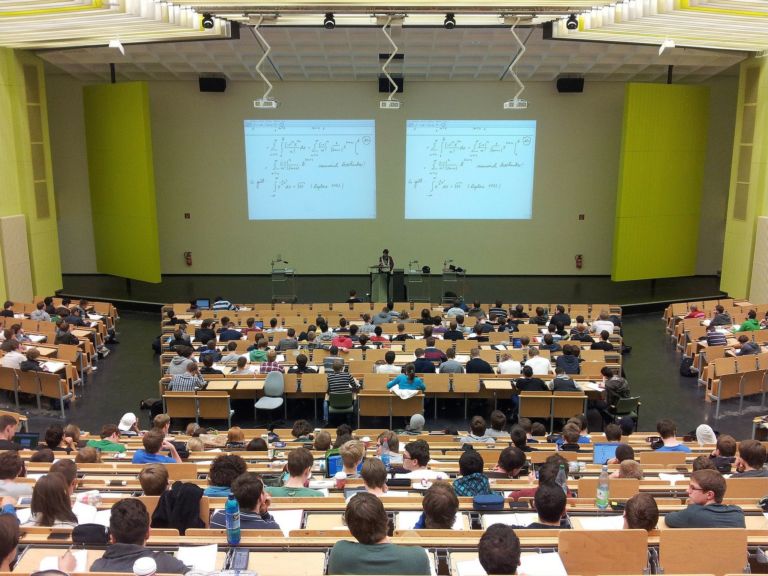One second of faulty data led to the destruction of a European spacecraft on final descent to Mars last month, officials said Wednesday.
An unexplained error in the Schiaparelli lander’s Inertial Measurement Unit, or IMU, fed incorrect data into the craft’s navigation computer, causing the probe to think it was already on the surface when it was actually still several miles above the planet, the European Space Agency said.
The IMU measured the rotation rate of the saucer-shaped lander during its descent, but engineers said the system became saturated — indicating maximum measurement — soon after Schiaparelli deployed its supersonic parachute and released the lower half of its heat shield as intended.
The erroneous saturation measurement lasted about one second, ESA said in a statement, and the flawed data caused Schiaparelli’s guidance system to believe the spacecraft was below ground level. Sensing the probe was already landed, the computer prematurely cut Schiaparelli’s parachute and backshell free, and the lander briefly ignited its braking rockets for a few seconds before initiating a post-landing command sequence as if the craft had already touched down on Mars.
Schiaparelli was still about 12,000 feet (3,700 meters) above Mars when it began its free fall, ESA said, and the lander’s nine thrusters were supposed to fire for around 30 seconds.
by Michael Lowrey


